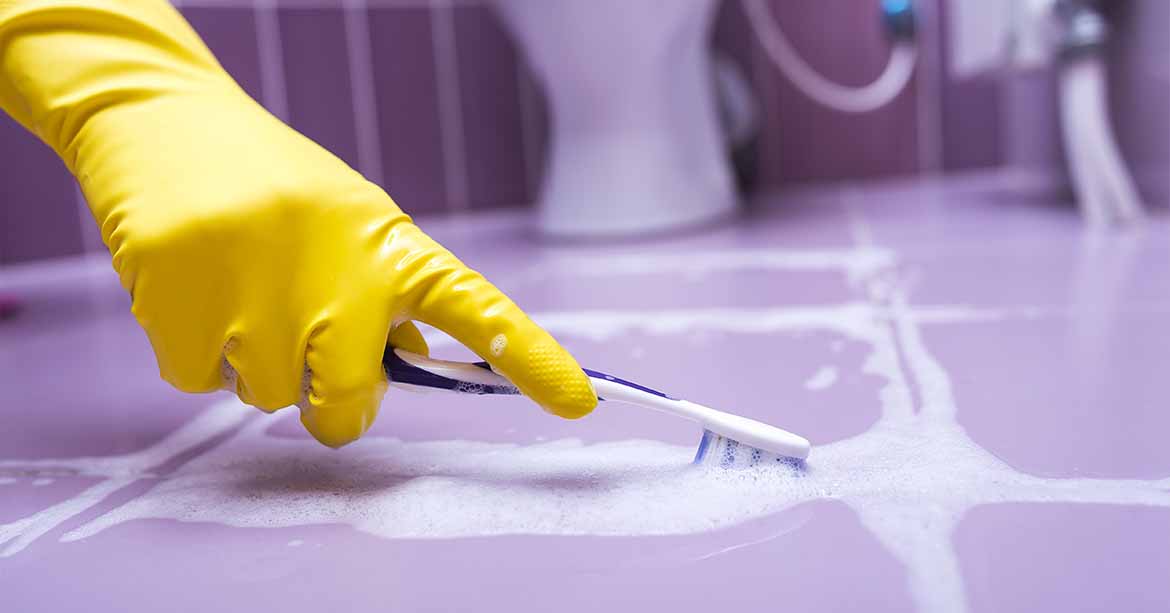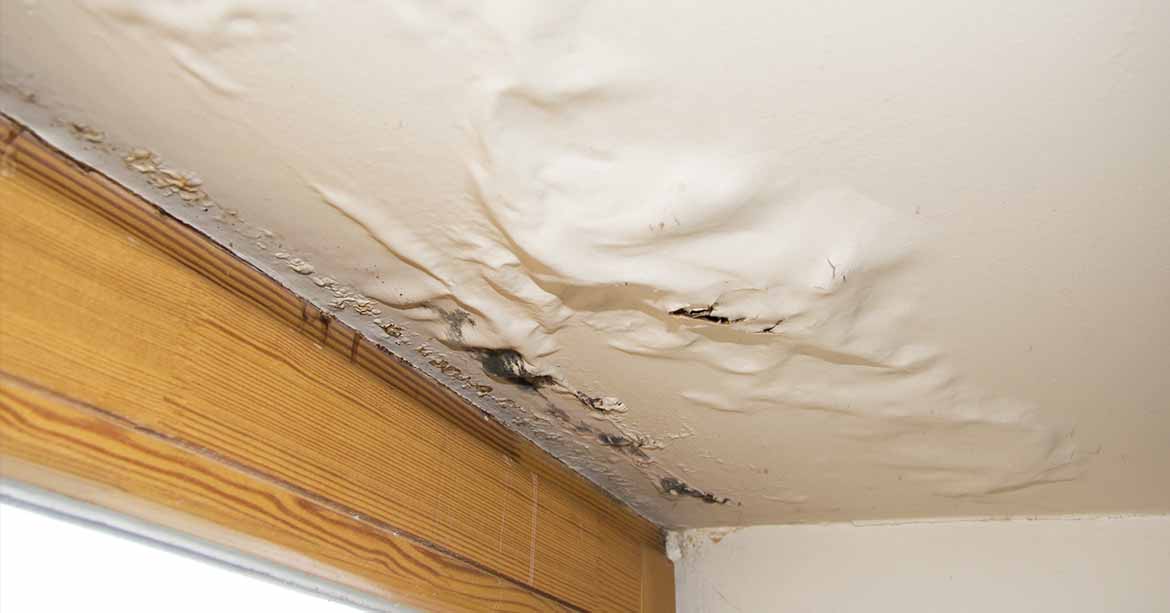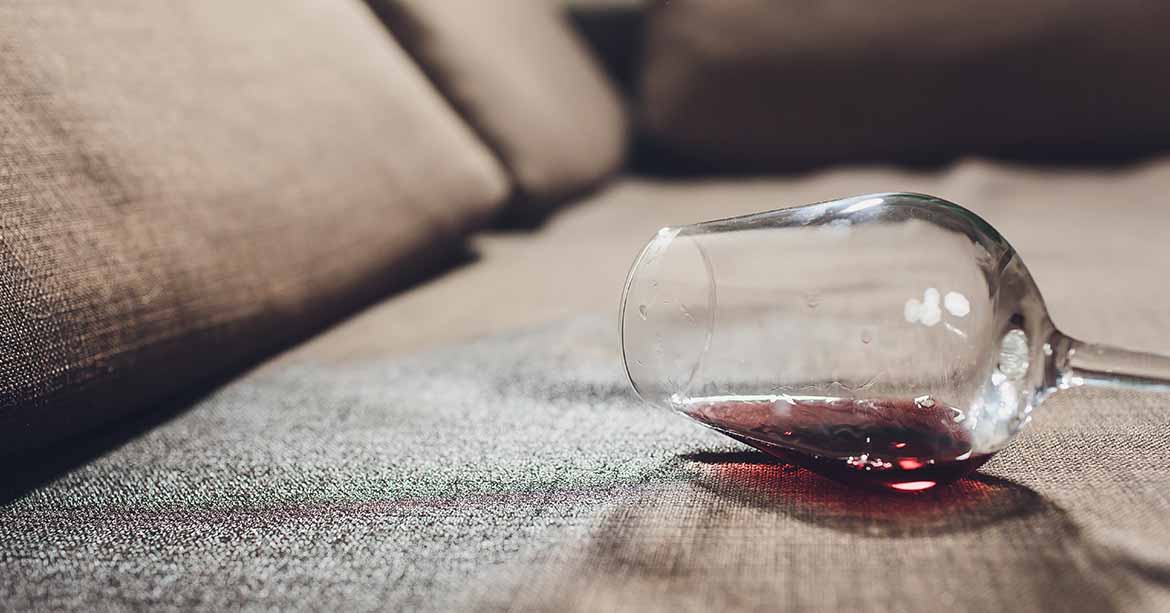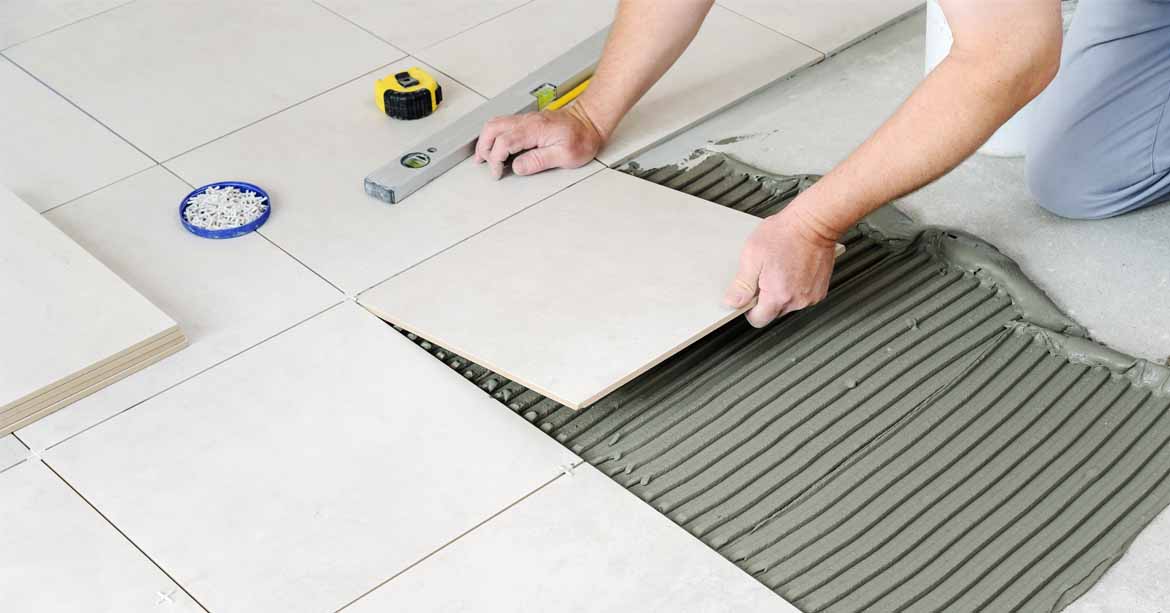Understanding The Importance Of Tile And Grout Cleaning
Clean tiles play an important role in any commercial or residential property. They not only add aesthetic appeal, but they can breathe new life into a property as well. Tiles tend to become dirty and dark with time, which may decrease the overall appearance of a property. The lines between the tiles (known as grout) tend to accumulate dust and dirt over time, which may make them look dull.
Many property owners resolve to scrubbing tiles to make them bright and shiny again. The materials and detergents they use, however, may be too harsh on the tiles and they do not help to get rid of the dirt from grout surfaces. If you are looking to restore your tiles, choosing professional tile and grout cleaning services is a smart move.
Tile and grout cleaning is not all about removing dust and dirt on surfaces. There are other benefits a property owner enjoys when he or she hires professional tile and grout cleaning services. Take a few minutes to read this post to find out more this service.
Understanding Grout
Grout is the material applied to hold tiles together and is also used to fill spaces between tiles. The material used is porous and rough. Over time, dirt, dust, and liquid substances can penetrate deep within the grout, causing discoloration. One of the main causes of grout discoloration is the use of a dirty mop to clean tiles. Rather than cleaning, a mop usually spreads dirt from the tile into the grout.
Since grout is porous, it absorbs the dirty water and once it settles deep within the grout, it can be very difficult to remove. It is very important to ensure that grout surfaces remain clean at all times. Dirty grout is a source of mildew, mold and bacteria.
How To Make Your Tiles And Grout Look New Again
It is very hard to remove stubborn stains from tiles and grout and restore them to their original colors. Hiring tile and grout cleaning services is an excellent way to ensure your tiles will be thorough cleaned and look new again. Professional tile and grout cleaners use special materials to extract all of the dirt and stains from the grout. They also apply a sealant to the grout to reduce the amount of dust and dirt from accumulating there. Professionals also use appropriate cleaning products that do not harm or destroy the tiles or affect the texture of the grout.
Periodic Cleaning Extends the Service Lifespan of Tiles
Not cleaning tile and grout surfaces on a regular basis allows a slow buildup of waste below the tiles, resulting in loose tiles. This does not only force a property owner to dig deeper into their pockets to repair the damages, but loose tiles are also dangerous for anyone who walks on them.
At Reilly’s Oriental Rug Cleaning, we use advanced cleaning equipment and solutions to eliminate all dirt and harmful pollutants from your tiles and grout. We are more than happy to meet all your residential or commercial property cleaning needs at competitive prices. For more information about our services contact us at 201-445-0800 or email us on Info@RugClean.net today!
Top Tips For Inspecting Residential Water Damage
Water damage is no trivial matter. Some of the most common causes of water damage include leaking appliances and burst pipes. Most carpets have absorbent materials that allow mold to grow (if not dried up in time) and may make it challenging to repair or restore it to its original state. Water damage can also affect the structural integrity of the house and cause major losses when repairing the damaged parts. Therefore, it is important to check for water damage early to avoid such unnecessary financial burdens. Below are some of the methods you can use to detect signs of water damage in your house.
Inspect the Exterior of the House
The exterior of your house can tell you so much about the general ‘health’ of your home. Pools of still water can be an indication of poor drainage in your yard, leaky rain gutters, or your gutter sprouts are not transporting water as far as they are required to. Another way of inspecting water damage on the exterior parts of your house could involve checking your roof for cracks, broken flashing, or missing shingles.
Inspect Your Floor
Water damage manifests in all kinds of flooring, from tiles and hardwood to carpets of different designs. This type of damage is particularly detrimental to floors since it can lead you to replace your entire flooring system simply because the damage might be irreversible. While inspecting floors made of wood or tiles, it is important to check for warped, cracked, or buckling flooring. For carpets, inspecting for water damage should include checking for gradual rises, soft, and damp spots, as well as the smell of dampness or growth of mold. If your carpet has been damaged by water, it can be restored by professional carpet restoration experts who will return your carpet to proper condition.
Look Out For Rust and Mold
While checking for rust, it is important to inspect your water heater and check whether your tank has rust, which could be an indication of leakage. Growth of mold could mean that there is moisture around the invisible spots in your home. Mold poses a serious health risk to people living in the affected household and it can cause serious respiration issues among other health problems. In addition, corrosion around pipes could mean there is possible water seepage and the pipes might need to be replaced to avoid contaminating the water supply.
Check for Stains
Stains are an obvious indication of the presence of water. Stains are one of the most common types of water damages, including stains on the walls, ceilings, as well as around the bathtub and sink. Areas that appear raised or cracks on a dry wall are also indicators of water damage. It is important that you address these issues before they get out of hand. Peeling paint is another indicator of water damage and in most cases, it means that the dry wall has gotten saturated and the paint has lost its adhesion.
How To Make Your Oriental Rugs Look Great At All Times
Oriental rugs rank among the most beautiful home furnishings in the world. Just like any other rug in the living area, oriental rugs also take a beating from foot traffic to spills to pets. Because these rugs are made from silk and wool, they require special attention to allow them to maintain their original color and sheen. Vacuuming is not just enough to get them clean and one has to hire a professional for the task. This article lists some of the tips of maintaining the beauty of oriental rugs for as long as possible.
Use A Pad to Protect Hand-knotted Rugs
Rugs placed on concrete, tile, hardwood, or natural stone tend to slip, causing wear and tear. To protect a hand-knotted rug from wear and tear, place a quality pad of the right weight and material under your rug to keep it from slipping.
Vacuum Hand-Woven Rugs with Care
Vacuuming hand-woven rugs regularly helps to restore freshness, lift fibers, and remove dirt. Even though vacuuming does not clean these rugs completely, it helps to remove loose dirt and pet hair, which can cause allergies and diseases within the household. Ensure you attach a brush to your vacuum and move it gently across the rug. Never use a rotating brush on a hand-woven rug to prevent breaking twisting and snarling the fibers.
Rotate Fine Rugs
Make sure that you rotate your oriental rug at least once a year to allow the fibers to wear evenly. In high traffic areas such as entryways, kitchens and hallways, it is best to rotate your rug at least twice a year. In addition, always ask a professional to thoroughly clean your oriental rugs.
Treat Stains on Oriental Rugs
Always work quickly on your rug once there is a spill. Start by blotting the area with a clean piece of cloth or paper towel. Do not rub on the spill. Apply some clean water on the stain, but be careful not to over-soak the fibers. Use a paper towel to blot any excess water and check if the stain has been removed.
To prevent the stain from causing a ring or spreading, treat it lightly from the outer edges towards the center. If water alone is not effective enough to remove the stain, apply a stain removal solution with a clean cloth. Allow the area to dry and you can also use a hair dryer or fan to dry the spot. Finally, use a clothes brush to whisk the rug when it is dry.
Removing Candle Wax from Hand-Woven Rugs
Apply ice cubes on the wax to freeze it. Gently use your fingers to remove as much wax as possible and be careful not to tug or pull on the rug. Place a paper towel over the wax and using an iron box set on permanent press, slowly move over the wax. A blot will appear on the paper as the wax melts. Use several paper towels until all the wax is removed.
In order to avoid permanently damaging one’s oriental rug, you need to call a professional who is well equipped to tackle the problem. Bad stains can adversely affect the aesthetic appeal of an oriental rug if not well handled.
5 Things That Can Ruin Your Carpets And Rugs
Choosing a carpet or a rug takes time and effort. Since buying a carpet may also be a huge investment for some individuals, you have to learn about the different types of fibers and choose what works best for you. In addition, there are a few things around the house you need to be aware of that are potentially destructive and may ruin your carpets and rugs:
Water and Moisture
Carpets and rugs can become damaged when they are exposed to water or moisture for an extended period of time. While water is used to clean the rugs, continual exposure to water invites insects and may cause the fibers to rot. After washing your rug or carpet, ensure that the rug is completely dry and devoid of any moisture to prevent mildew or mold from growing on the rug or carpet.
Moisture can also get into your carpet via water leakages from flower pots that rest on the carpets. If you place your prized rug near a sink or near your washing machine, it is bound to get wet as well. If you have carpets in damp rooms, e.g., the basement, the carpet will grow mold over time after absorbing too much moisture. The carpet or rug may also develop dry rot, which means the fibers are damaged and stiff. If you fold or roll the carpet in this condition, the foundation cracks. Such carpets become damaged and are rarely salvageable.
Pets
Pets are loveable, but they are among the top reasons why carpets don’t last. Puppies love to chew on things, your rugs and carpets notwithstanding. Pouring moth flakes on your carpet will stop your puppy from chewing on your rug as they hate the smell! Cats may also ruin your carpets and rugs by scratching them with their sharp claws. Consulting with your vet about what to do about the scratching is your best bet in this case.
Untrained pets are also a huge menace. Pet urine and feces can irreversibly damage your rug. If your carpet or rug is dyed, then pet urine can permanently bleach it. Ensure that your pets are house trained as this will give you better peace of mind and protect your carpets from further damage.
Spills
If something spills on your wall-to-wall carpet, you need to act fast. If you don’t, the fibers end up absorbing the liquids and can damage your carpet. Coffee, juices, or wine leave stains and are best dealt with immediately. Find out how to deal with stains for your particular carpet or rug fiber and deal with the spill without delay. Households with infants are also prone to spills, so this should be a major factor to consider when buying your carpet.
Insects
Insects can ruin your rug or carpet if not dealt with in a timely manner. Carpet beetles and moth larvae are especially destructive. They love laying eggs on natural fibers and when the eggs hatch, the ravenous larvae will feed on any spills on the carpet that were not properly cleaned off.
Sunlight
The sun’s ultraviolet rays are bad for carpets and rugs. If your carpets and rugs are made from authentic natural dyes, they will not fade quickly but will soften over time. Synthetic dyes, on the other hand, will fade in a very pronounced manner. The solution would be to either replace your windows with a UV protection panel or apply a UV reduction film. The best solution really is to buy authentic rugs and carpets made from natural fibers.
5 Easy Ways To Keep Your Ceramic Tiles Clean
Ceramic tiles are well-loved for their durability, versatility, and elegance. They are easy to maintain and suitable for multiple applications. They are commonly used in bathrooms, kitchens, or countertops. Ceramic tiles are often installed because of their beauty and functionality. For example, they are perfect for homeowners who need a flooring option that requires minimal maintenance and is resistant to common types of floor damages such as water damage. If you are satisfied owner of ceramic tiles, here are several ways to keep your tiles clean:
Clean any Spillage Immediately
While ceramic tiles are durable, they are not immune to staining. If you spilled liquids such as coffee, wine, or juice on a ceramic tile floor, you have to mop it up immediately otherwise it will leave a stain. Clear liquids have the same power to stain if not wiped immediately as they tend to blend with dirt and debris. Instead of trying to scrub the stain later and failing at it, it is better to do it immediately and save yourself from unnecessary headaches later on.
Use a Microfiber Mop
While cleaning your ceramic tiles, ensure you use a microfiber mop, which effectively traps all the dirt. A normal mop tends to push the dirt into the grout groves and is a sure way of staining the floor. A traditional mop also leaves behind a lot of fiber residues, which may cause the floor to look dull. A microfiber mop cleans thoroughly and leaves the floor clean and shiny.
Use a Swiffer
When you sweep ceramic tiles with a broom, the dust can easily scatter across the area. A swiffer features damp cloths that trap the dust, making it easier for you to pick up the dirt off the floor. You should never scrub the tiles with harsh abrasives as they tend to damage them and remove their luster.
Clean the Grout with Steam
Grout is used to seal the space between the tiles, to keep water out, and to give the tiles a clean and finished look. Grout lines that are dirty make your floors look even dirtier, no matter how much you wash them. You should never use acidic solutions like peroxide or vinegar to clean the grout as they damage it. Once the grout is damaged, the cracks can trap water, which causes damaging effects.
Always use a cleaner that has been specially designed for grout cleaning. In addition, use a stiff brush to loosen the dirt, then use the cleaner to clean up the grout. You can also use a baking soda paste to clean the grout. Another effective way to clean grout is to use a steam cleaner. The steam cleaner dissolves all the dirt on the grout, which makes it easier to clean. If you have a hard time removing the stains, seek professional help.
Leave the Floor to Completely Dry
Before people knew better, they would often use wet mops to clean ceramic tiles. This practice, however, can trap dirt together, which then forms unsightly streaks and marks on the tiles. In addition, anyone who steps on the wet tiles can easily leave footprints. That’s why it is important to use as little water as possible so that the area can dry faster.





